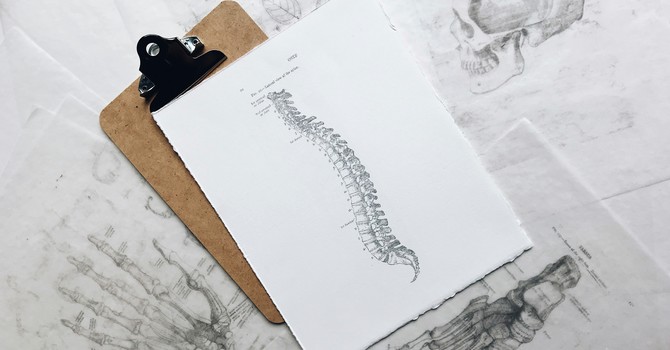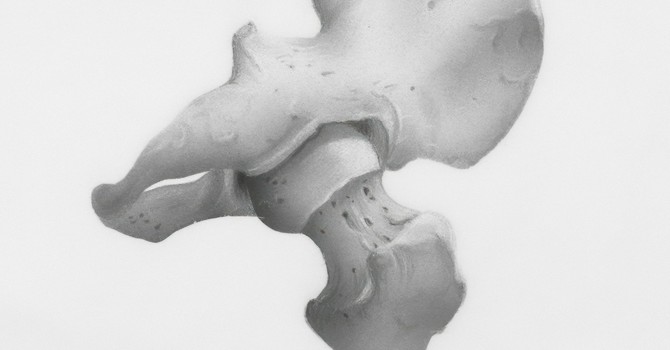
Understanding Arthritis: Causes, Symptoms, Common Areas, and Treatment Options
Arthritis is a broad term that refers to inflammation of the joints, and it encompasses more than 100 different conditions that affect the joints, tissues around the joints, and other connective tissues. It is one of the leading causes of disability worldwide, affecting people of all ages, although it becomes more common with age.
What Is Arthritis?
Arthritis is not a single disease but a way of referring to joint pain or joint disease. The two most common types are:
-
Osteoarthritis (OA): Often referred to as “wear and tear” arthritis, it occurs when the cartilage—the cushioning surface on the ends of bones—wears away over time. It commonly affects weight-bearing joints like the hips, knees, and spine.
-
Rheumatoid Arthritis (RA): An autoimmune condition where the immune system mistakenly attacks the joints, causing inflammation in the joint lining. This can lead to joint damage over time.
Other types include psoriatic arthritis, gout, ankylosing spondylitis, and lupus-related arthritis.
Common Symptoms of Arthritis
Symptoms vary depending on the type of arthritis but typically include:
-
Joint pain
-
Stiffness, especially in the morning or after periods of inactivity
-
Swelling
-
Redness and warmth around the joints
-
Decreased range of motion
-
Fatigue and general malaise (particularly with inflammatory types)
Symptoms may come and go, and they can range from mild to severe.
Commonly Affected Areas
Arthritis can affect nearly any joint in the body, but some areas are more commonly impacted than others:
-
Knees: One of the most commonly affected joints due to the stress of weight-bearing
-
Hips: Often affected by osteoarthritis, leading to significant mobility issues
-
Hands and fingers: Particularly common in both OA and RA
-
Spine: Particularly the lower back and neck
-
Feet and ankles: Especially in inflammatory types like RA or gout
Methods of Treatment
While there is no cure for arthritis, many treatment options can help manage symptoms and improve quality of life. Treatment strategies depend on the type and severity of arthritis.
1. Lifestyle Modifications
-
Regular exercise: Low-impact activities like swimming, walking, and stretching help maintain joint flexibility and muscle strength.
-
Weight management: Reducing excess weight lessens the load on weight-bearing joints.
-
Healthy diet: Anti-inflammatory foods (rich in omega-3s, antioxidants) can support joint health.
2. Medications
-
Pain relievers: Acetaminophen or NSAIDs like ibuprofen can reduce pain and inflammation.
-
Disease-modifying antirheumatic drugs (DMARDs): Used primarily for RA to slow disease progression.
-
Biologics: Target specific parts of the immune system in autoimmune types.
-
Steroid injections: Can provide temporary relief for inflamed joints.
3. Physical and Occupational Therapy
-
Helps improve mobility, strengthen muscles, and teach ways to reduce strain on joints.
4. Assistive Devices
-
Braces, canes, and special tools can support joints and make daily activities easier.
5. Surgery
-
In severe cases, procedures like joint repair, joint fusion, or joint replacement (e.g., hip or knee replacement) may be recommended.
Living with Arthritis
Managing arthritis is a lifelong commitment, but with the right combination of treatment and lifestyle changes, many people with arthritis continue to live active, fulfilling lives. Early diagnosis and treatment are key to slowing the progression of the disease and preventing joint damage.
If you suspect you may have arthritis or are experiencing persistent joint pain, consult a healthcare professional for evaluation and personalized treatment options.
Resources:
-
Arthritis Society Canada (arthritis.ca)
-
Arthritis Foundation (arthritis.org)
-
National Institute of Arthritis and Musculoskeletal and Skin Diseases (niams.nih.gov)



